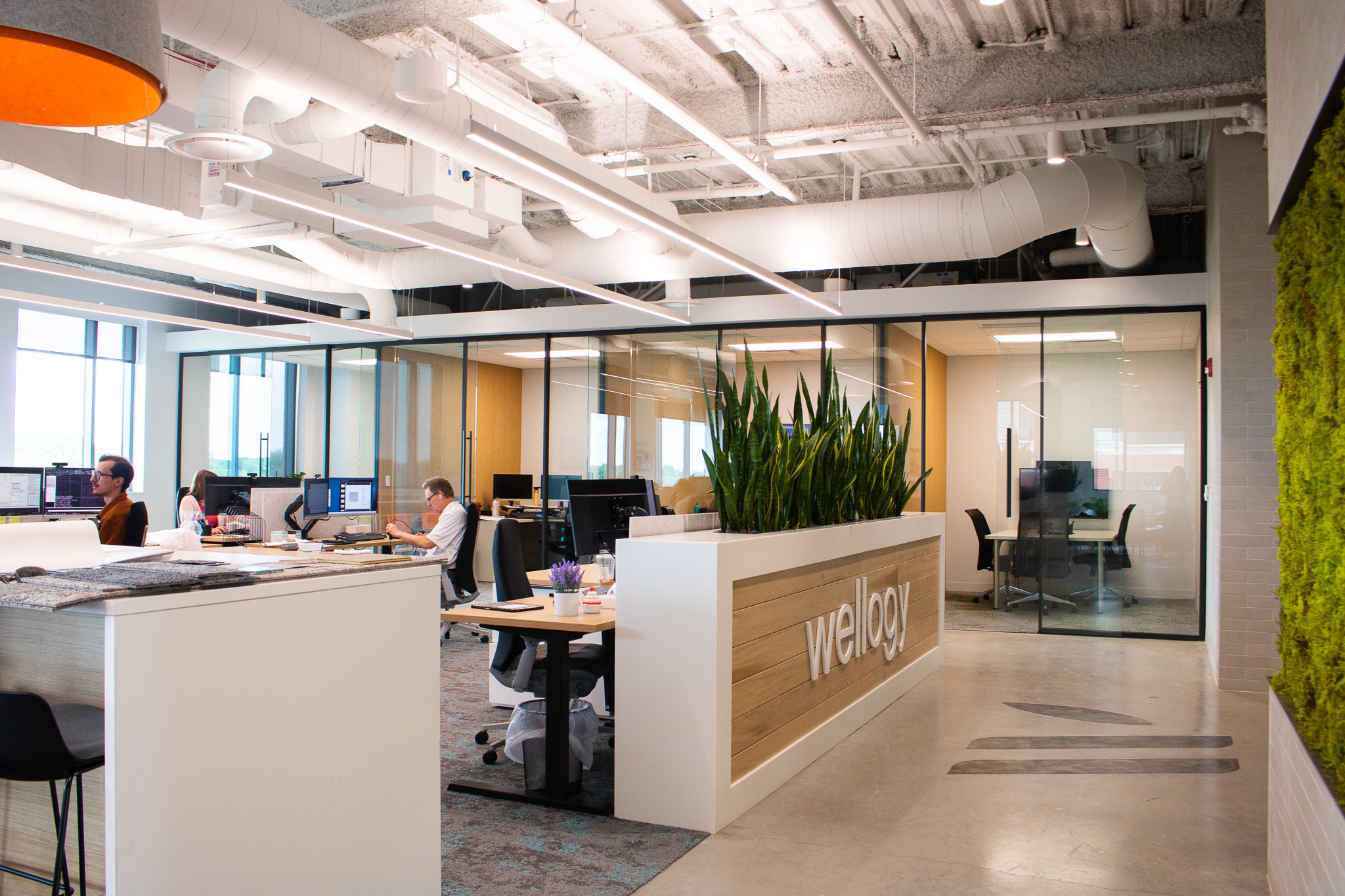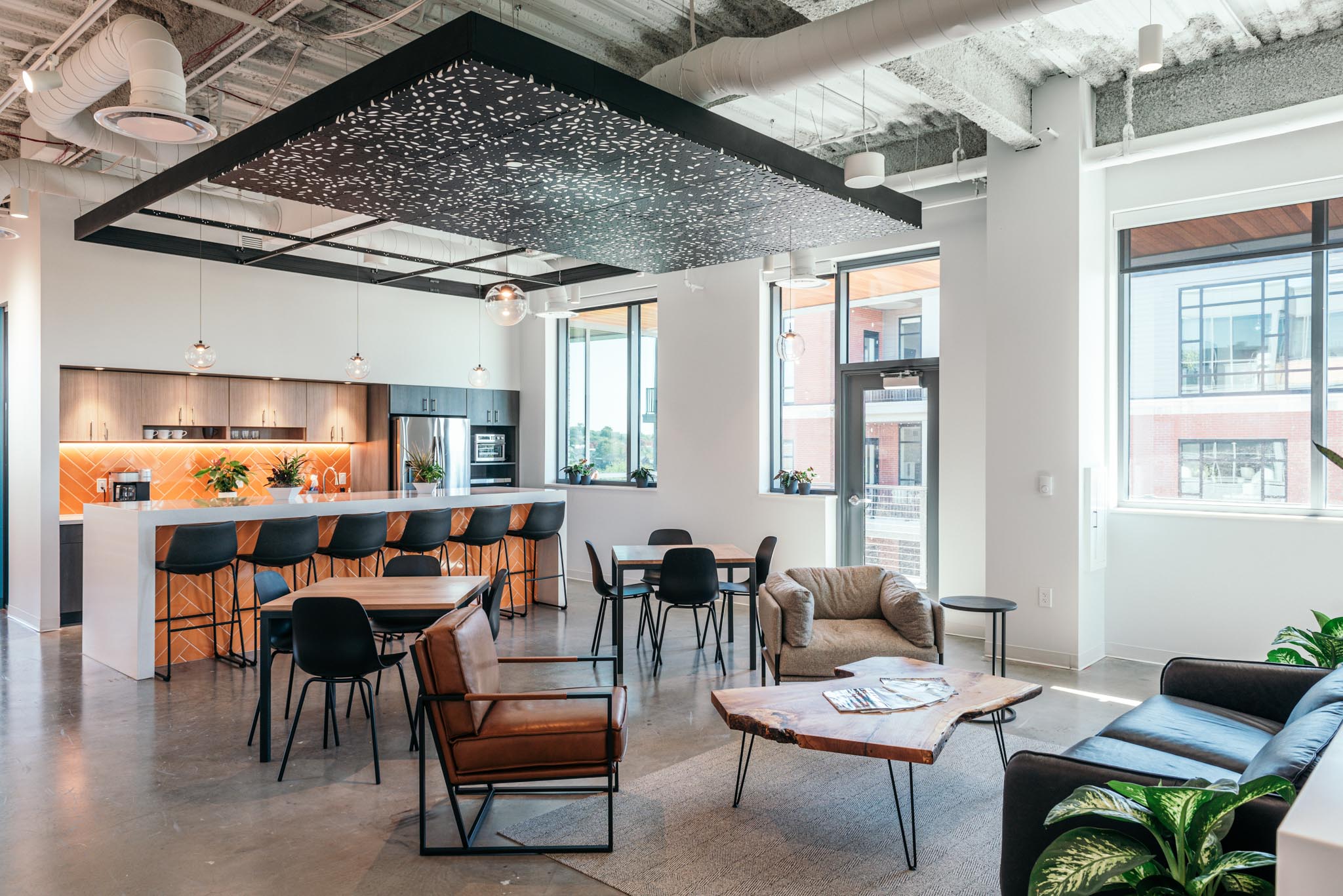
2 minute read
Top 5 benefits of incorporating biophilic design
Biophilic design is an approach to architecture and interior design that connects people with nature and natural elements. It involves incorporating natural elements, such as plants, water, and natural light, and incorporating fractal patterns found in nature into the built environment. Here are the top benefits of biophilic design:
1. Improved Mental Health: Exposure to nature has been linked to improved mental health outcomes, including reduced stress and anxiety levels. Biophilic design can help to create a calming and restorative environment that promotes mental well-being.

2. Increased Productivity: Studies have shown that access to natural light and green spaces can increase productivity and creativity. Biophilic design elements can help to create a more engaging and stimulating environment that can improve performance and productivity.

3. Better Physical Health: Biophilic design can also have positive impacts on physical health outcomes. Access to natural light and views of nature have been linked to improved sleep quality, while the presence of plants can help to improve air quality and reduce the risk of illness.

4. Reduced Energy Costs: Biophilic design can help to reduce energy costs by incorporating natural elements that can provide shade, insulation, and ventilation. For example, incorporating vegetation can provide natural shading, reducing the need for air conditioning.

5. Improved Sustainability: Biophilic design can also contribute to sustainability efforts by incorporating environmentally friendly materials and practices. This can include using renewable materials and minimizing waste during construction and operation.





